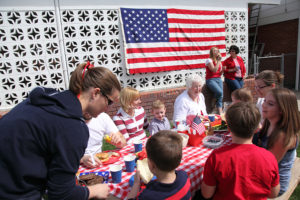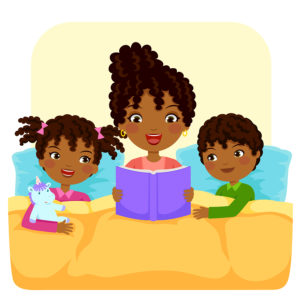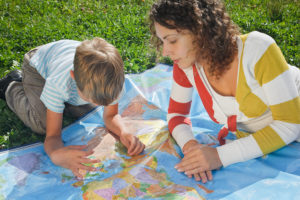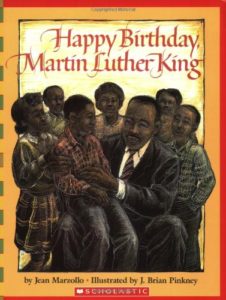Be honest, parents. Are you jumping for joy at the prospect of school starting soon?
We thought so. Now, how about your kids?
Some kids eagerly look forward to the first day of school. For others, though, it’s an event filled with anxiety. For parents, that can mean a battle when their child has to get up in time for the bus. So, what can you do to make the transition easier for both your kids and you?
Back-to-School Tips You Can Use Right Now
- A couple of weeks before their first day, set appropriate sleep schedules. This may mean enforcing an earlier bedtime and setting a morning alarm. It’ll be tough, but not as tough as dragging a sleep-deprived kid to their first day of school.
- End the summer brain drain by encouraging your kids to read a book or two before the school year begins. Even better? Read with your child to emphasize how important it is and get your child back into the habit of focusing and learning.
- If possible, visit your child’s school and meet the new teacher. Kids feel more comfortable in a new situation when they know what to expect, so take some time before the school year to visit the classroom or go through your child’s routine.
- Get the list of supplies needed and go school shopping! Take your kids with you so that they can pick out a favorite notebook, planner, or pencil case.
- Set rules for homework time early. And plan for push-back. If kids have gotten used to unlimited screen time over the summer, they might resent new expectations, now that study time needs to be part of their daily routine again. It may help to create a space in your home for keeping school supplies or doing homework. Having an official “homework area” with limited distractions can let kids know you mean business.
- The night before school begins, help your child choose an outfit, and get breakfast and lunch plans settled. Help your kids pack a lunch before they go to sleep. It’ll be a busy day, and the more you can prepare the night before, the better.
- Have plans for after school, too! Will you be at home? Or will your child need other arrangements once the school day ends? If you need daycare of after-school programs, contact Mary Margaret! We offer after-school solutions in a caring environment.
Other Back-to-School Issues to Keep in Mind
Times have changed, and today’s kids face pressures that you may not have dealt with in your childhood, especially when it comes to social media. Teachers will tell you that some of the problems kids have with one another in the classroom get started on Facebook or Snapchat. Talk with your child about your rules and expectations ahead of time. It’s your choice, of course, whether or not you allow your child to have a cell phone during the school day. However, encourage your child to put the phone away during instruction time and avoid the drama that can infect social media interactions.
If your child seems nervous about the new school year, remind him or her that lots of students get nervous on the first day. Teachers are aware of this, and that’s why they make an extra effort to create a comfortable environment. Make sure to hit on these 5 Back-to-School Worries. Let your child know ahead of time how you expect him or her to behave in class. This will help him or her get over those first-day jitters and settle back into a routine.
If You’re Looking for After-School Programs for Your Kids, Mary Margaret can Help!
Mary Margaret is dedicated to fostering education, development, and building self-esteem in a secure and comfortable environment. We offer daycare and after-school programs for kids up to age 12. Contact us or come by one of our several locations if you have questions!












